#south river forest
Text
It's a forest. Just say it.
This is the exact section of South River Forest property that's becoming the "cop city" training facility for the City of Atlanta.
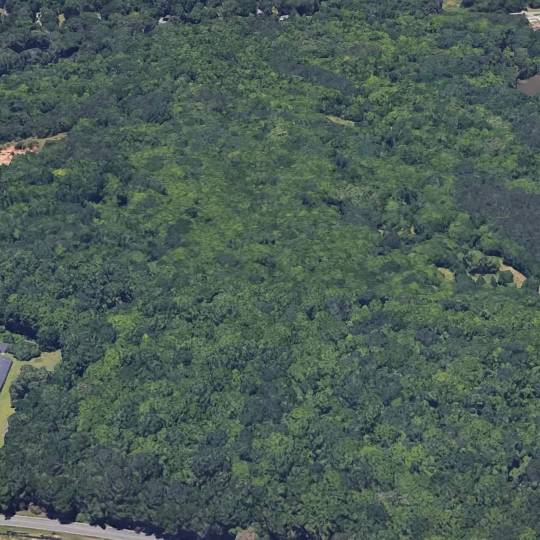
I'm no expert on what constitutes a forest. But from Google Earth, this sure resembles one.
And yet the City of Atlanta put out some "facts" about the police training center being built here, and they're trying to convince us this is no big loss because it's not really a forest:
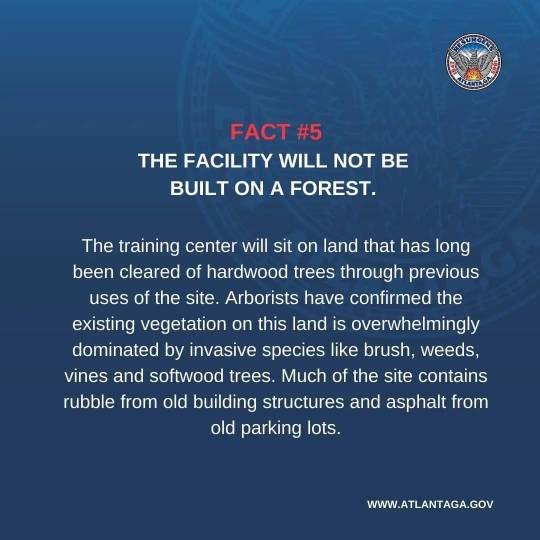
Weird. They know we have access to the internet, right?
Whatever this greenery is (and I still say it's a forest) it's going away for the training center. We're losing a huge stretch of trees -- which was supposed to all be a public green space, per the Atlanta City Design -- while massive highways stay the same & even get bigger. It's screwed up.
Remember this:
Nobody regrets the forests we saved. Just the ones we lost.
-----
Darin Givens is co-founder of ThreadATL, an urbanism advocacy group in Atlanta.
3K notes
·
View notes
Text
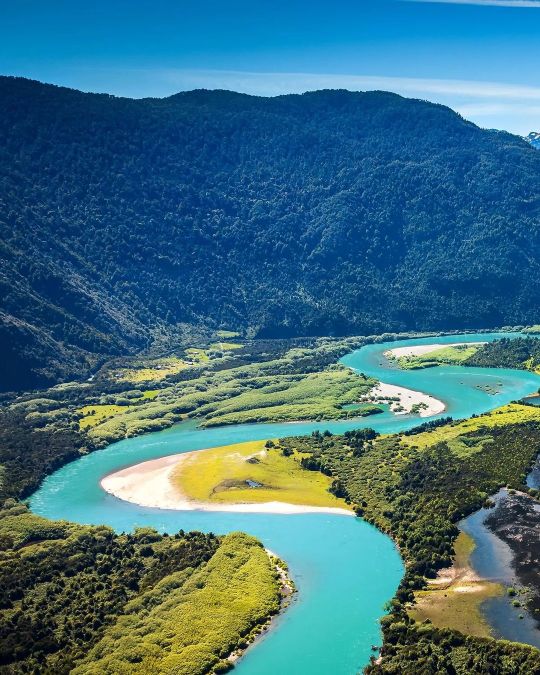

Patagonia vibes
Río Puelo, Cochamó, Los Lagos, Patagonia Chilena.
#photography#art#nature photography#photographers on tumblr#landscape photography#travel photography#summer photography#forest photography#artists on tumblr#landscapes#adventure#los lagos#patagonia#chile#aesthetics#lensblr#patagononia chilena#south america#mountains#river#nature
1K notes
·
View notes
Text
So, Andre Dickens has lied about the total cost of cop city to the citizens of Atlanta.
Instead of the 30 million originally planned,
Cop City will instead cost tax payers 67 million!
That's more than twice as much as promised!
The majority of Atleans oppose cop city being built so that's tax payer money going to a unsupported cause without any vote.
If you are in Atlanta please attend the second public comment on June 5th. If not from Atlanta make sure this problem is heard about all across the world. With all the misogynic, transphobic, homophobic, and racist laws being pass right now, I fear that this facility will be used to further the fascism present in the U.S.
Not to mention the ecological disaster this will cause
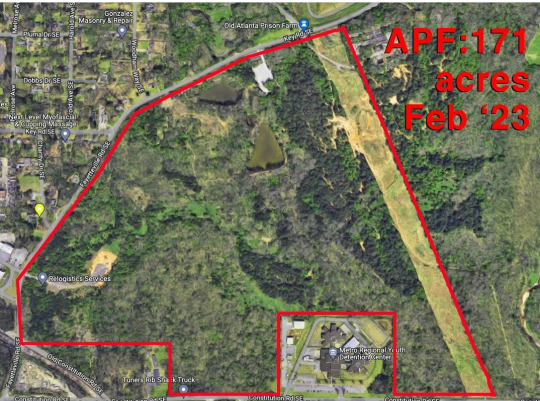

These pictures were taken by drone only three months from each other. The sediment and runoff from this alone far exceeds the national limit and it will only get worse with the chemical runoff from the explosives that will be used.
I know the world's sort of gone to the dogs lately but please please please don't let this go out of the public eye. If the police force can't train then the police force can't enforce these laws. I have a list of petitions and funds pined on my blog as well as phone numbers to blast if you want something more direct.
Stop Cop City!!!
#stop cop city#atlanta#atlanta south river forest#weelaunee forest#Weelaunee#viva tortuguita#cop city#politics#tortuguita#environmentalism#acab
4K notes
·
View notes
Photo

“ Three Sisters “.// Steve Zhang
#Three Sisters Peak#New South Wales#Australia#nature#landscape#mountainscape#wwaterfall#river#Forest#trees#aesthetics#wanderlust#explore#follow#discover
1K notes
·
View notes
Text
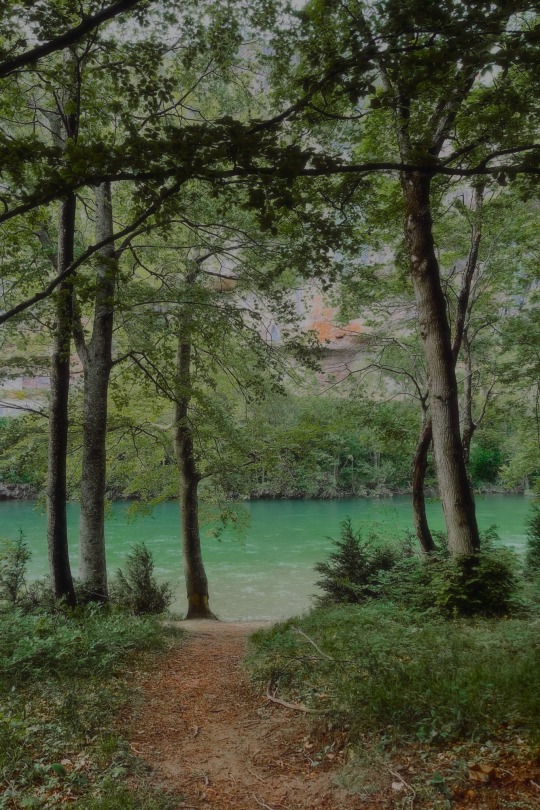
#grunge#boho#indie#photography#vintage#nature#travel#traveling#forest#explore#river#photographers on tumblr#my photo#naturecore#aesthetic#summer vibes#vsco#vscocam#woods#hiking#35mm#film#landscape#naturelover#south of france#holiday#tezzaapp
141 notes
·
View notes
Text

Waterfalls make quite the photo
#waterfalls#river#kerala#south india#india#asia#forest#jungle#worldtalks#blog#nature#travel#travel photography#uploads#nature photography#nature blog
254 notes
·
View notes
Text

French Broad River and East Frederick Law Olmsted Way, Asheville, NC
#photography#35mm#north carolina#asheville#appalachia#french broad#river#bridge#the south#southern#my photography#nature#beaver lake#forest#regional gothic#southern gothic
90 notes
·
View notes
Photo
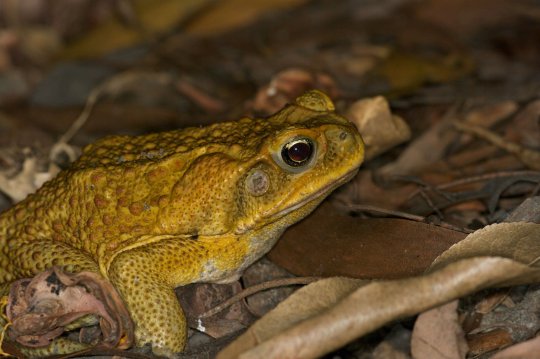
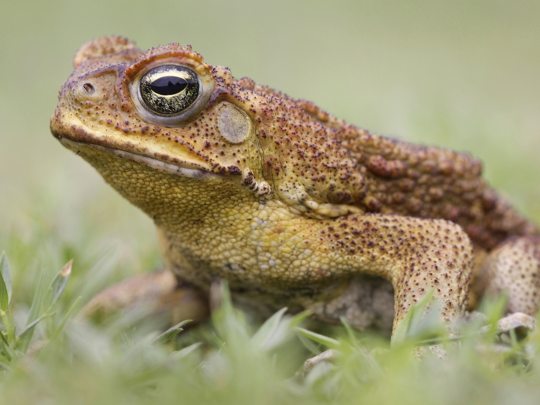

Caring for the Cane Toad
Also known as the giant neotropical toad or marine toad, the cane toad (Rhinella marina) is a large species of toad native to Central and South America. They are most often found near permanent sources of water like lakes, wetlands, and slow-moving rivers, as well as tropical rainforests and open grasslands. R. marina can also be found in human-modified areas, like gardens and farmland. They have a wide range of temperatures which they can tolerate; some populations in North America can tolerate up to 53% of their bodily fluids freezing.
Despite their preference for living near water, cane toads are primarily terrestrial. They feed on a wide range of arthropods, birds, small reptiles, and small mammals-- anything they can fit in their mouths. Prey is mainly identified via movement and smell, as R. marina has poor vision and hunts at primarily night. During the day the marine toad hides under logs or in foliage to avoid predators. The most common threats in its native region include caimans, birds of prey, snakes, eels, large fish, and bullet ants. To deter these predators, the cane toad can emit a milky-white substance known as bufotoxin, which is poisonous to many species. Individuals will also inflate their lungs, puffing up their bodies to appear larger than they really are.
R. marina is easily identified as the largest species in the family Bufonidae, reaching up to 24 cm (9.5 in) long and weighing an average of 106g(3.75 oz). Females are significantly larger than males. On adults, the head and back are covered with large wart-like bumps, and the color ranges from light grey to red to dark brown. Juveniles have smooth skin and are usually darker in color. Because of their terrestrial nature, marine toads lack webbing between their fingers.
The giant neotropical toad is capable of breeding year-round, so long as resources are plentiful. Males congregate in bodies of slow-moving or still freshwater, and call loudly to attract a mate. Depending on the number of males and the size of their breeding ground, males may also fight for dominance. After a female choses a mate (or several), she may lay up to 25,000 eggs in strings up to 20m (65 ft) long. The eggs take only 2-7 days to hatch, but few make it past the tadpole stage, which lasts about a month. Only about 0.5% of cane toads reach adulthood, which takes about a year. Without predators R. marina can live up to 10 years.
Conservation status: The IUCN lists the cane toad as Least Concern, due to their large native population and adaptability. Unfortunately, the cane toad has been introduced in many areas, including Australia, southeast Asia, the Caribbean, and North America, and is considered a highly invasive species.
If you like what I do, consider leaving a tip or buying me a kofi!
Photos
Chris Ison
John Sullivan
Richard Shine
#cane toad#Anura#Bufonidae#south american toads#true toads#toads#amphibians#wetlands#wetland amphibians#freshwater fauna#freshwater amphibians#lakes#lake amphibians#rivers#river amphibians#tropical forests#tropical forest amphibians#urban fauna#urban amphibians#central america#south america#biology#zoology#animal facts
220 notes
·
View notes
Text
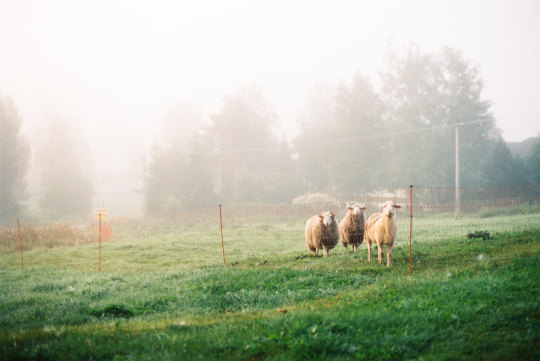


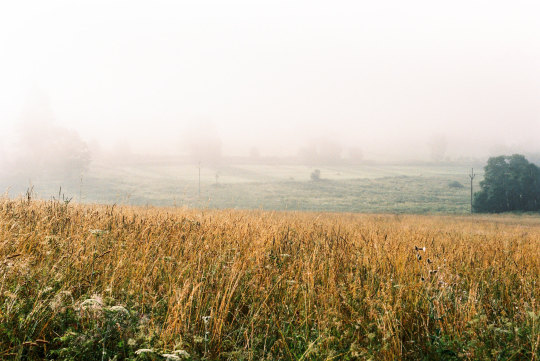
Šumava (2) (3) (4) by auqanaj
Via Flickr:
(2) Schwäne auf der Moldau im Morgennebel. Swans on the Vltava in the morning mist.
(3) Sunrise in Nová Pec, Šumova.
17 notes
·
View notes
Photo

Conondale National Park, Queensland, Australia
#Tropical#jungle#rainforest#Australia#nature#ferns#Tropics#forest#mountains#rivers#south-east Queensland#Gold Coast hinterlands#Queensland#palms
163 notes
·
View notes
Video
Lower Twin Falls by James Marvin Phelps
Via Flickr:
Lower Twin Falls Olallie State Park North Bend, Washington July 2023
#washington#state park#north bend#olallie state park#waterfall#waterfalls#south fork#snoqualmie river#nature#hiking#river#forest#james marvin phelps photography#flickr
29 notes
·
View notes
Text


Serenity
Río Maullín, Maullín, Los Lagos, Chile.
#photography#art#nature photography#landscape photography#photographers on tumblr#travel photography#sunset photography#clouds photography#landscapes#adventure#los lagos#chile#sunset#aestheitcs#lensbr#photo blog#forest photography#river#patagonia#south america#forestscape
1K notes
·
View notes
Text
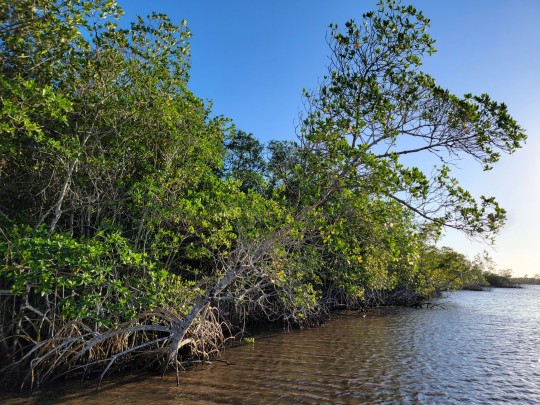
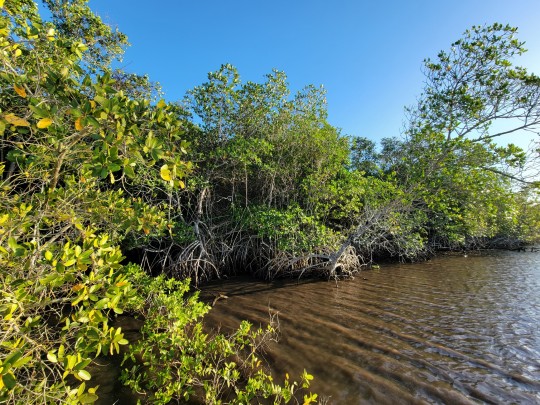
Mangroves in Kiplinger Preserve, FL - February 21st 2024
#nature#photographers on tumblr#original photography#mangrove forest#st lucie river#florida#american south
6 notes
·
View notes
Text
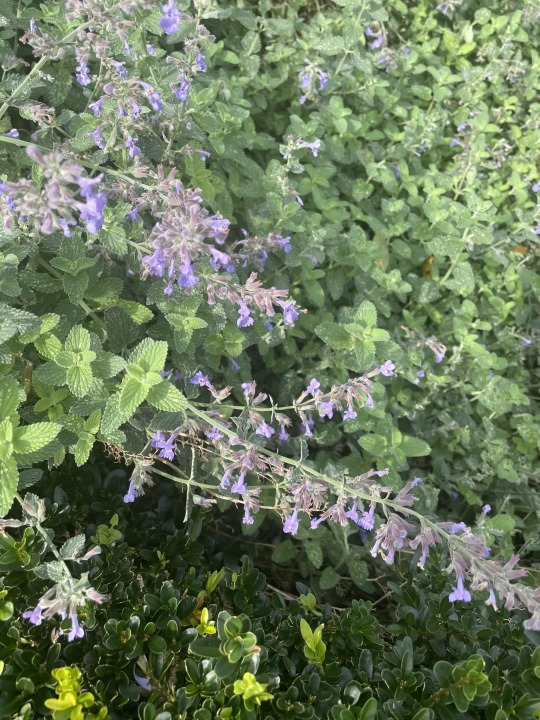
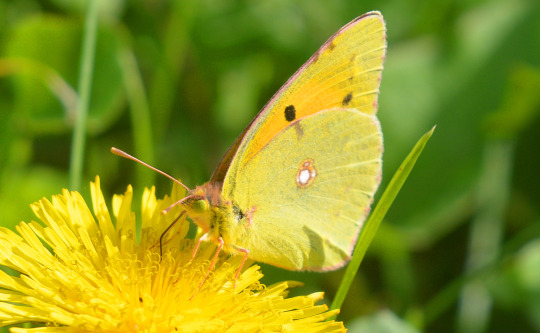
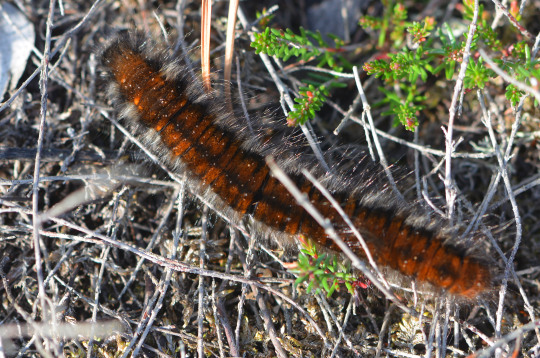
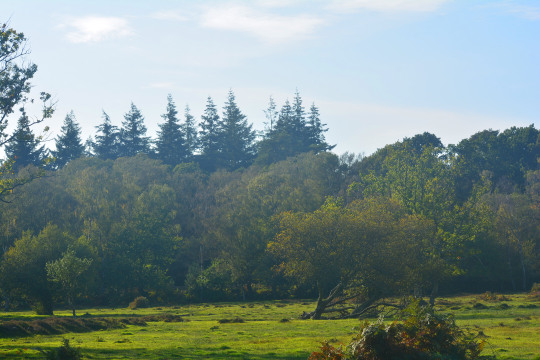

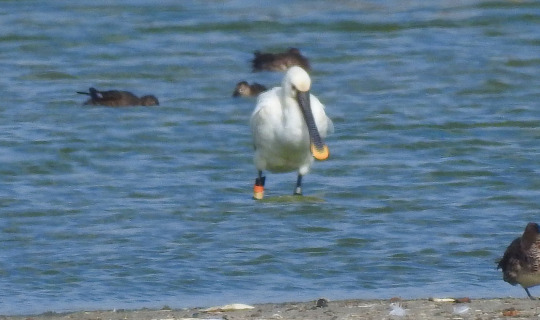

11/10/23-Phone photo of beautiful cat mint in Abbey Gardens today, and six photos from this year not yet posted of; Clouded Yellow on Friday, Fox moth caterpillar at Thursley Common last month one of a fair few I've enjoyed seeing this year, a view at Pig Bush in the New Forest on Sunday, Silver-spotted Skipper at Old Winchester Hill in August, Spoonbill on Brownsea Island a couple of weeks ago and a beautiful Peacock butterfly on hemp agrimony at Winnall Moors on Saturday.
Today I also enjoyed seeing Carrion Crow, Jackdaw, Magpie, Woodpigeon, Feral Pigeon and Mute Swan and Mallard on the River Itchen, with Ring-necked Parakeets heard cutting across Lakeside and at the station as I got on the train and Robin singing a nice atmospheric opening to the day. Red Admiral, white clover, nice clumps of herb-Roberts beside the River Itchen at lunch time, ivy-leaved toadflax, forget-me-not, common mallow at Lakeside and stinking iris berries in Winchester were nice to see too.
#photography#birdwatching#winchester#lakeside#lakeside country park#abbey gardens#cat mint#river itchen#uk#silver-spotted skipper#old winchester hill#outdoors#south downs#ring-necked parakeet#magpie#red admiral#peacock#winnall moors#pig bush#new forest#clouded yellow#brownsea island#spoonbill#dorset#surrey#thursley#thursley common#fox moth caterpillar#wildlife#august
11 notes
·
View notes
Text






I love finding spots where they let the weeds grow. Spring is waking up quickly around here.
#outdoors#nature#urbanphotography#train#adventure#photography#urban nature#swamp rabbit trail#South Carolina#landscape#forest#mountains#river#grunge#hiking#appalachia#gothic#southern goth aesthetic#southern gothic#southern#dm me#let’s be mutuals#let’s be moots#me#message me#dms#let’s talk#appalachain mountains#blue ridge mountains#green
26 notes
·
View notes
Text
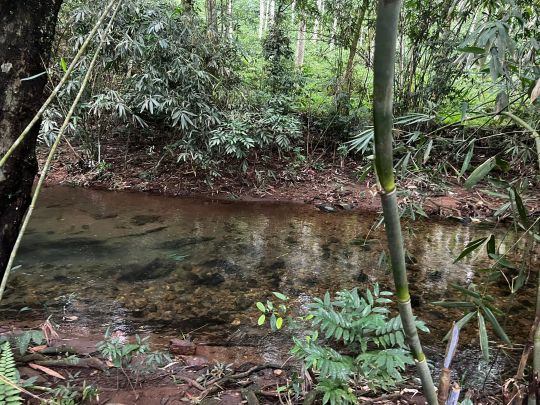
Canals
#canal#lake#river#water#forest#kerala#south india#worldtalks#blog#nature#travel#travel photography#uploads#nature photography#nature blog
134 notes
·
View notes